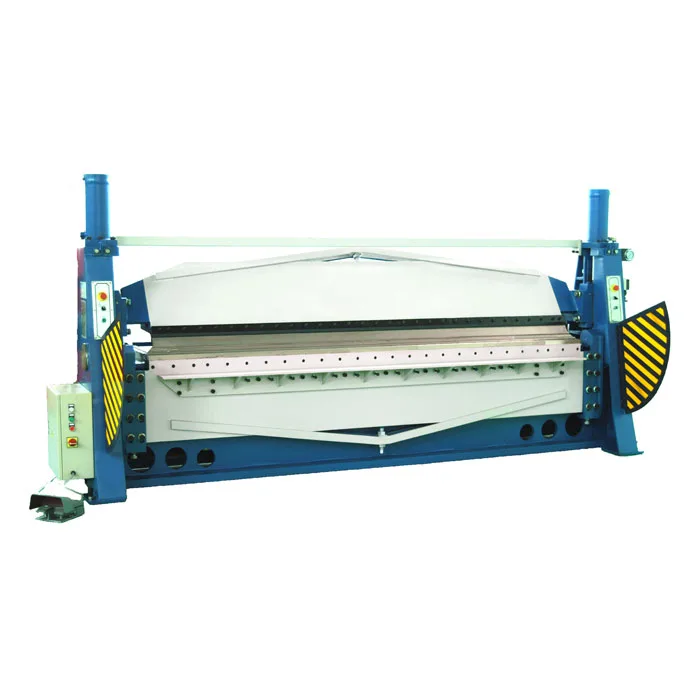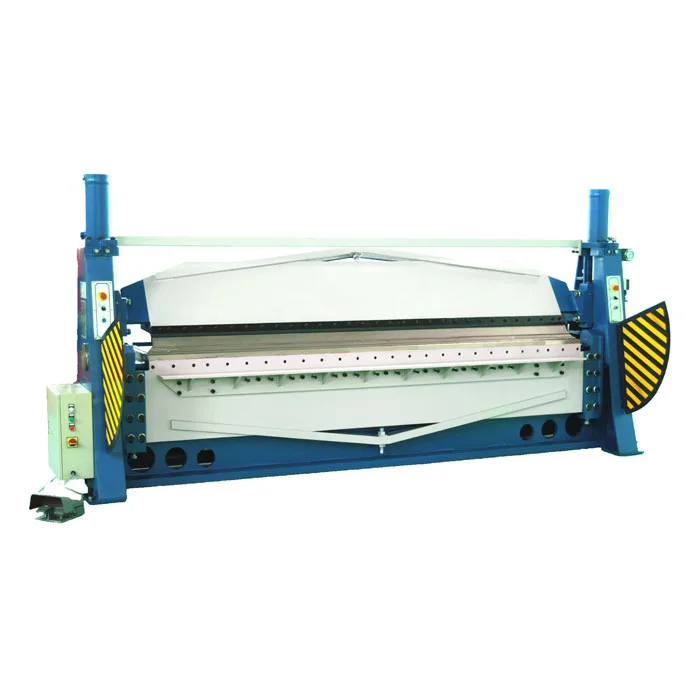
How to Troubleshoot and Resolve Common Problems with Press Brakes
- By:Metmac
- 2024-07-29
- 173
How to Troubleshoot and Resolve Common Problems with Press Brakes: A Comprehensive Guide
Press brakes, essential tools in metalworking, can encounter various issues that hinder their optimal performance. Understanding these common problems and their solutions is crucial for maintaining efficient operations. This article provides a comprehensive guide to troubleshooting and resolving typical press brake challenges. By following these steps, you can minimize downtime, ensure productivity, and extend the lifespan of your equipment.
Identifying the Problem
The initial step in resolving press brake issues is pinpointing the root cause. Conduct a thorough inspection of the machine, noting any unusual noises, vibrations, or visual abnormalities. Consult manufacturer specifications, maintenance records, and operator manuals to identify potential sources of the problem.
Mechanical Problems
Lubrication Issues:
Insufficient or improper lubrication can lead to premature wear, increased friction, and eventual component failure. Regularly grease all moving parts, using manufacturer-recommended lubricants, to ensure smooth operation and longevity.
Hydraulic System Leaks:
Leaks in the hydraulic system can compromise pressure and cause power loss. Inspect hydraulic lines, fittings, and seals for signs of wear or damage. Tighten any loose connections and replace damaged components as needed.
Alignment Issues:
Misaligned ram or tooling can result in uneven bending, excessive deflection, or premature tool wear. Regularly check and adjust the alignment of the ram, tooling, and workpieces to ensure optimal performance.
Electrical Problems
Electrical Faults:
Electrical faults, such as short circuits or open circuits, can disrupt the power supply to the press brake. Inspect electrical connections, fuses, and wiring for any signs of damage or loose connections. Replace faulty components and ensure proper circuit integrity.
Motor Overheating:
Overheating of the motor can occur due to excessive load, poor ventilation, or electrical faults. Check the motor’s temperature and ensure proper cooling by clearing any obstructions from vents and fans. Inspect the electrical system for any signs of overcurrent or undervoltage conditions.
Controller Malfunctions:
Malfunctions in the controller can disrupt the press brake’s operation, causing inaccurate bending or safety issues. Reset the controller, check for firmware updates, and inspect the connection between the controller and other components. If necessary, contact the manufacturer for technical support.
Other Common Problems
Die and Tooling Damage:
Improperly maintained or damaged dies and tooling can result in poor bending quality, unsafe conditions, and increased downtime. Inspect dies and tools regularly for wear, cracks, or damage. Sharpen or replace dull edges to ensure precise bending operations.
Workpiece Handling Issues:
Incorrect workpiece handling can lead to inaccuracies, material damage, or operator injuries. Ensure that workpieces are properly supported and aligned, and that the proper bending technique is employed. Utilize appropriate clamping and safety measures to prevent movement or accidents.
Maintenance Neglect:
Regular maintenance is essential for preventing press brake problems. Adhere to the manufacturer’s recommended maintenance schedule, including lubrication, inspection, and component replacement. By proactively addressing potential issues, you can minimize downtime and extend the life of your equipment.
-
Sheet Metal Shearing Machine: The Foundation of Precision Cutting with METMAC
2025/11/23 -
Sheet Metal Press Machine: The Cornerstone of Precision Fabrication with METMAC
2025/11/23 -
Sheet Press Machine: The Engine of Precision Metal Forming with METMAC
2025/11/23 -
Sheet Metal Equipment: The Backbone of Modern Fabrication and the METMAC Standard
2025/11/23
-
Advanced Sheet Metal Rolling, Laser Cutting, and Folding Machines for Precision Fabrication
2025/10/31 -
High-Performance Sheet Metal Bending and Cutting Machines for Modern Fabrication
2025/10/31 -
High-Quality Sheet Metal Equipment for Sale: Efficient Solutions for Modern Manufacturing
2025/10/31 -
High-Performance Sheet Metal Equipment for Sale: Forming and Shearing Solutions for Modern Fabrication
2025/10/22
-
A Guide to the Latest Innovations in Sheet Metal Folding Machines
2024/11/29 -
Key Features to Consider When Investing in a Sheet Metal Folding Machine
2024/11/28 -
Enhancing Precision with Advanced Sheet Metal Folding Machines
2024/11/27 -
How to Choose the Right Sheet Metal Folding Machine for Your Workshop
2024/11/26







